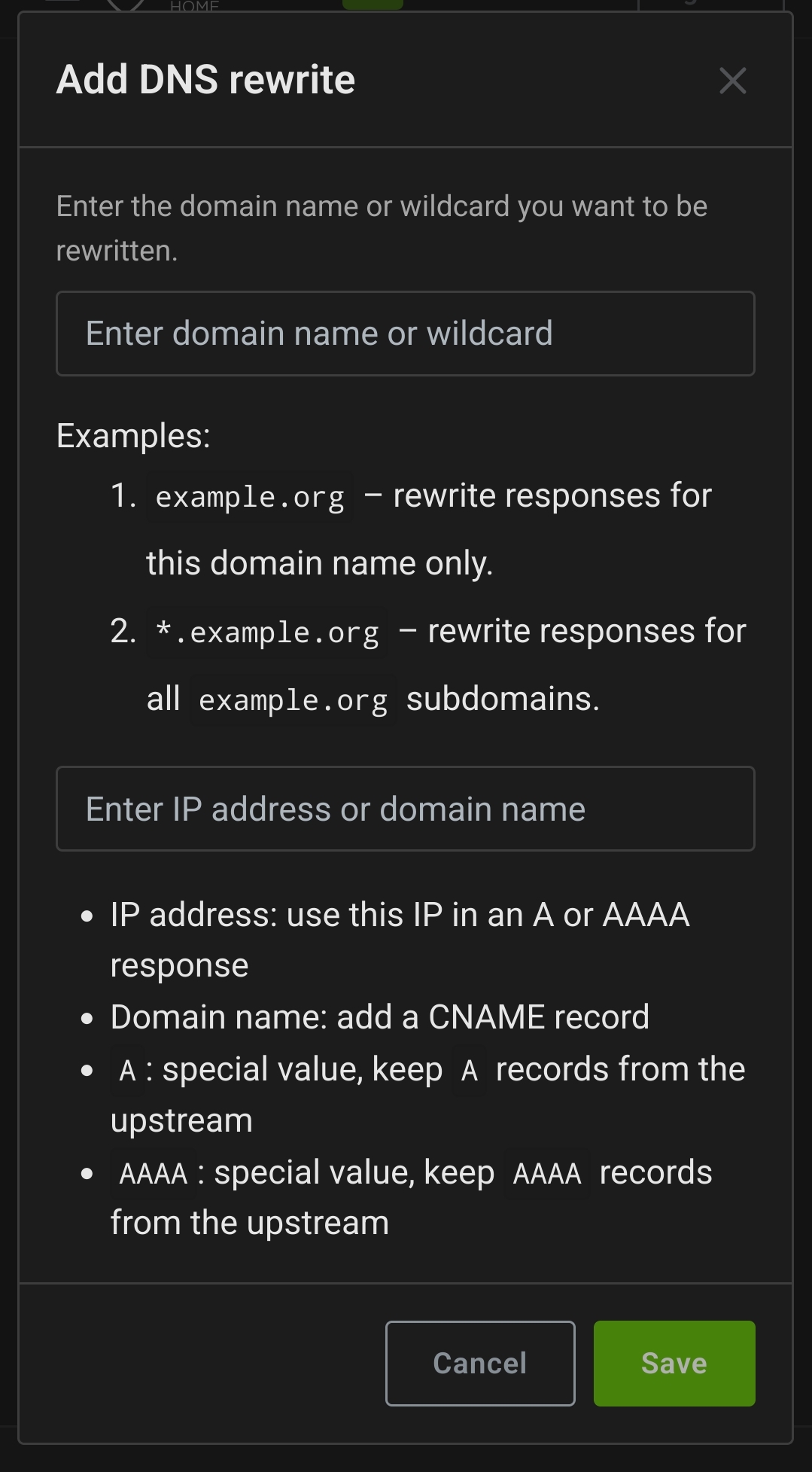I found that the cname record seemed to be the problem. Here someone had the same issue. After changing now to a wildcard A record pointing to the tailscale ip, it all magically works. Thanks for all the answers!
Selfhosted
A place to share alternatives to popular online services that can be self-hosted without giving up privacy or locking you into a service you don't control.
Rules:
-
Be civil: we're here to support and learn from one another. Insults won't be tolerated. Flame wars are frowned upon.
-
No spam posting.
-
Posts have to be centered around self-hosting. There are other communities for discussing hardware or home computing. If it's not obvious why your post topic revolves around selfhosting, please include details to make it clear.
-
Don't duplicate the full text of your blog or github here. Just post the link for folks to click.
-
Submission headline should match the article title (don’t cherry-pick information from the title to fit your agenda).
-
No trolling.
Resources:
- selfh.st Newsletter and index of selfhosted software and apps
- awesome-selfhosted software
- awesome-sysadmin resources
- Self-Hosted Podcast from Jupiter Broadcasting
Any issues on the community? Report it using the report flag.
Questions? DM the mods!
Have you pointed your DNS record to your tailscale IP? I have the exact setup you describe, and it works fine.
This approach largely works, with the caveat that it then requires you to always be on the tailnet. If someone wants to connect locally AND via tailnet using the same URL, they'll need to push/advertise routes (or do some other hacky thing)
Yes, in order to access my domain on my local network, I have my pihole instance point the domain to my server's local IP.
If you run adguard home it's pretty easy. Just add a DNS rewrite to your local IP.
I don't have a problem to always be on the tailnet with my client devices, but it does not work even for this case.
Yes, similar to the video guide, I set up a wildcard CNAME record to point to ..net.
I see. I dont know if that works, as I haven't done that, but what worked for me was pointing to the tailnet IP, not the tailnet domain, then disabling expiry for my server on the tailscale dashboard so my IP would stay the same.
~~How are you running nginx and immich exactly? With containers or on the host?~~
I don't know nixos that much but that looks like nixos configuration to me, so it's running on the host I assume?
Yes, correct. So far I was able to access the services via : on any device in my tailnet.
Right now, I've only got the spoons to provide rough guidance, not details. In order to use non-tailnet IPs, you'll need to configure your tailnet host to "advertise routes/push routes". In more laymen terms, tailnet needs to say, "hey network client, I do know where 192.168.0.69 is! So I can route that request". By default, each tailnet host only advertises the other tailnet hosts. Anything else fails.
Also, I really appreciate how detailed your question is!
